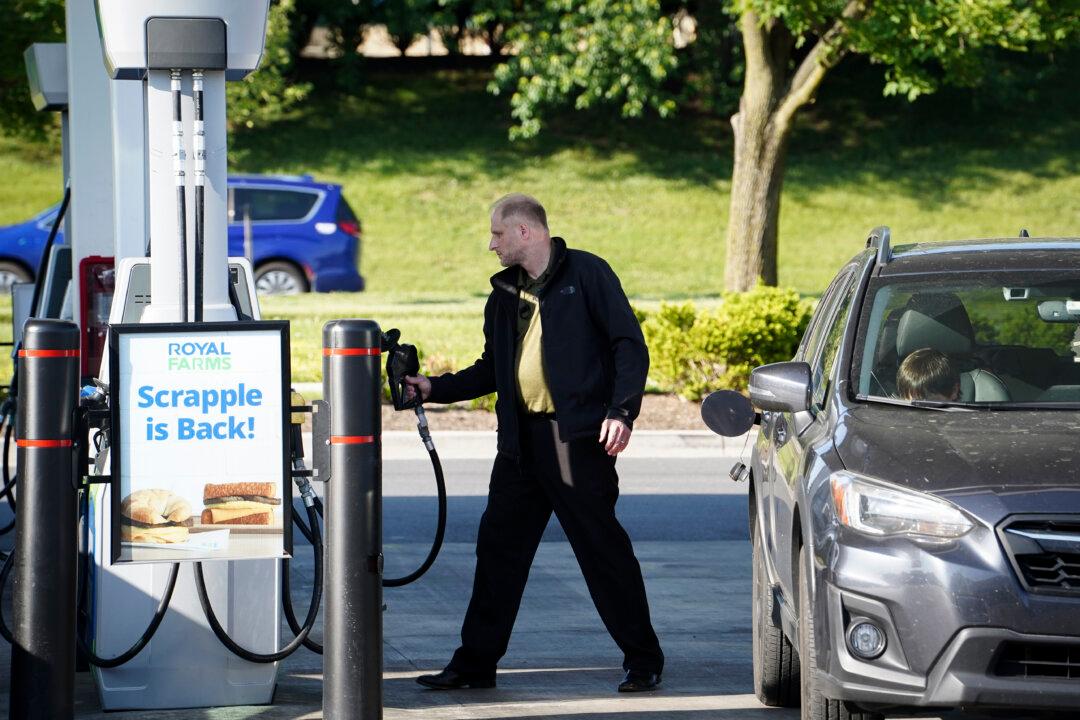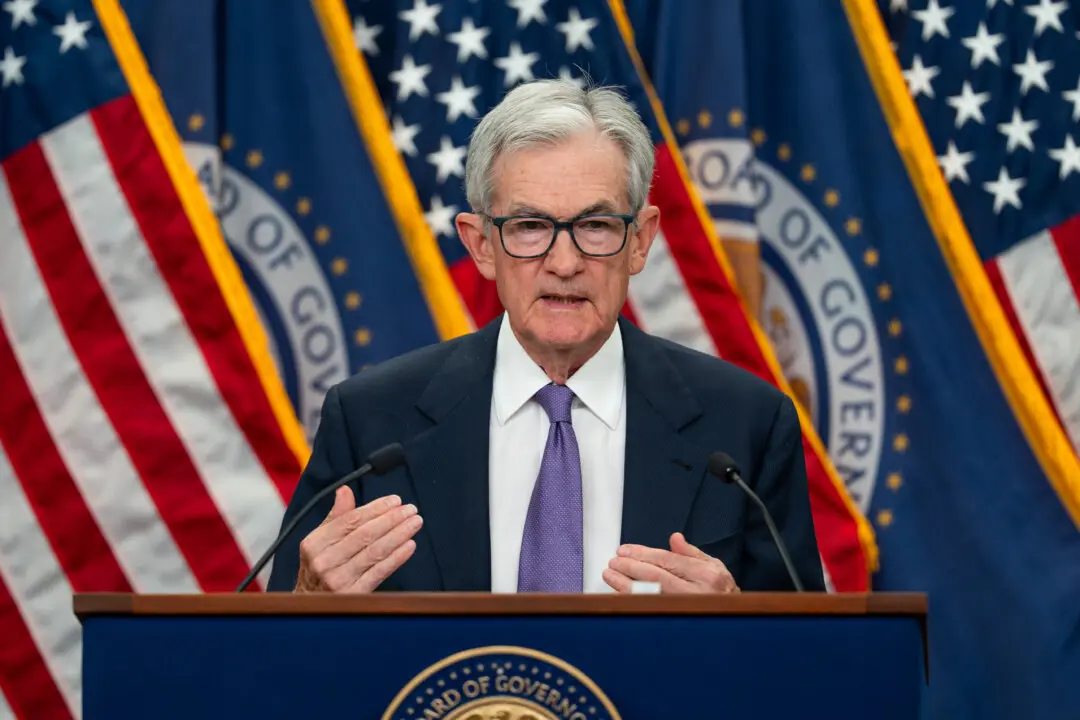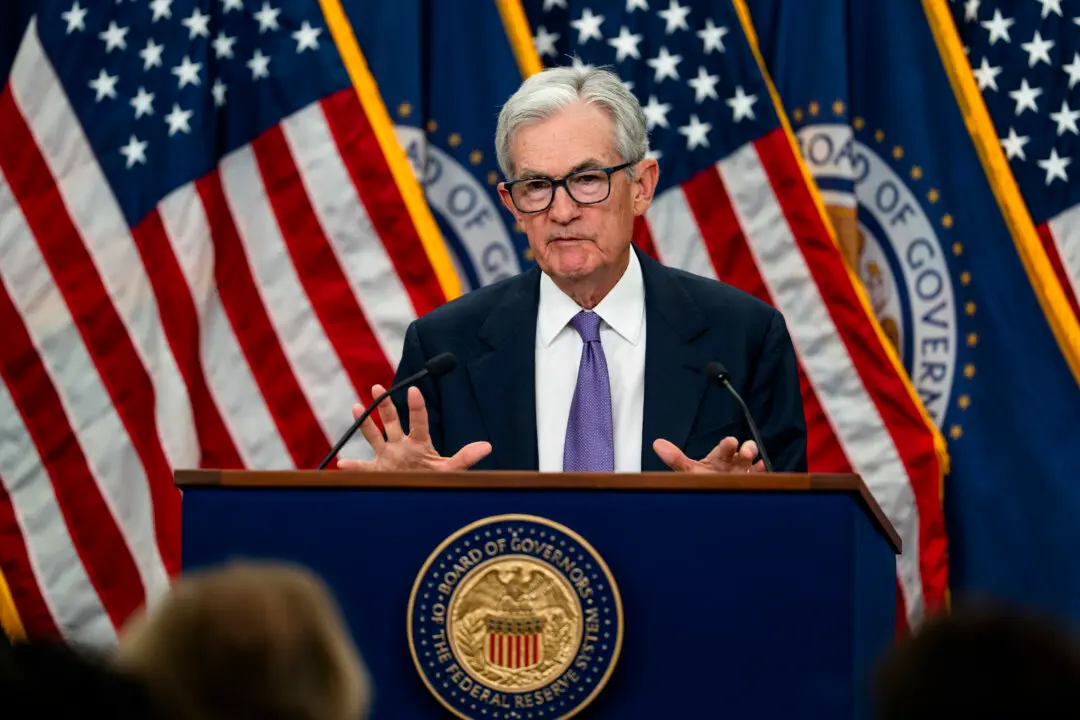U.S. motorists are enduring more pain at the gas pump during the typically busy driving season as prices extended their gains amid a rally in the global oil market.
The national average cost for a gallon of regular-grade gasoline rose to $3.78 on Aug. 1, up more than 6 percent from a month ago, according to AAA. Year-to-date, gas prices have surged by 17 percent, although they’re still down 25 percent from the June 2022 peak of $5.02.





